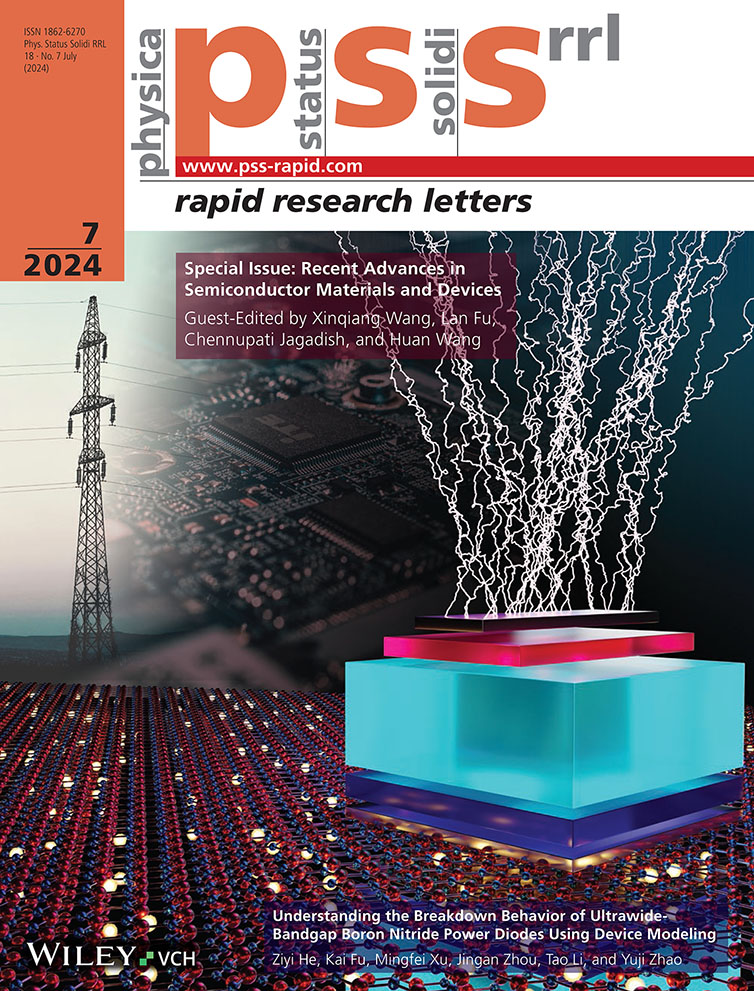Structure and Electronic Properties of 2D GaN/AlxGa1−xN 2D/3D Heterostructure Controlled by Al Components and Interlayer Distance
Abstract
Herein, the structure and electronic properties of 2D GaN/AlxGa1−xN 2D/3D heterostructure with different Al components and interlayer distance using first-principle calculations are studied. The results show that the ordered arrangement of Al components in AlxGa1−xN materials is more conducive to form heterostructures. By comparing binding energy under different Al components, it can be found that graphene-like GaN(g-GaN)/Al0.5Ga0.5N is the most stable. Expect g-GaN/AlN heterostructure, there is effect of chemical bonds in other g-GaN/AlxGa1−xN models from charge density distribution. The bandgap of the heterostructure enlarges with the increase in Al components. The g-GaN/AlN has an indirect bandgap, while the other heterostructure models have characteristics with direct bandgap. There are impurity levels appearing near the Fermi level in band structure of heterostructure, which are mainly induced by the surface dangling bonds between g-GaN layer and AlxGa1−xN layer. Through the analysis of binding energy, average electrostatic potential, and band structure of different interlayer distance, the optimal interlayer distance range of g-GaN/AlxGa1−xN heterostructure is 2.5–3 Å.
Conflict of Interest
The authors declare no conflict of interest.
Open Research
Data Availability Statement
The data that support the findings of this study are available from the corresponding author upon reasonable request.




